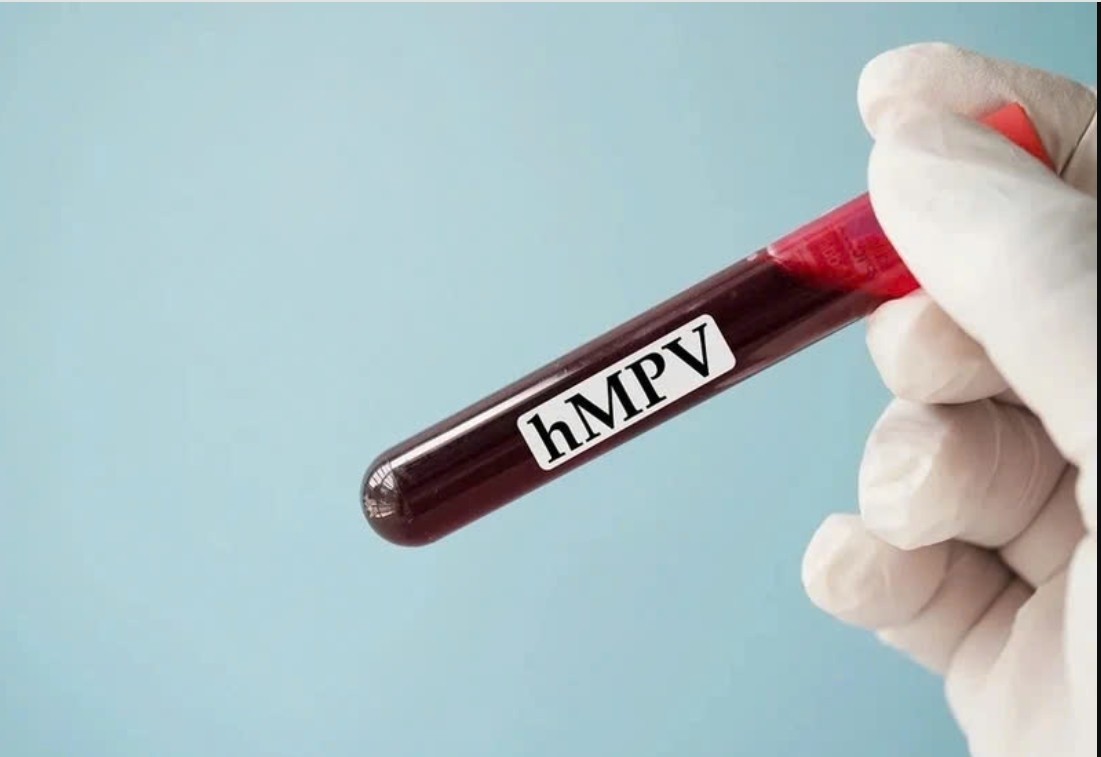What Is The Most Expensive White Wine In The World So Far?
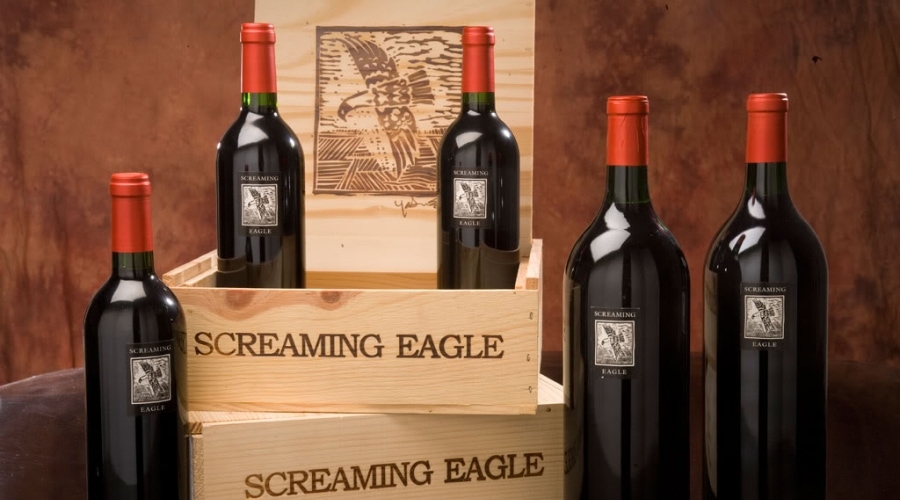 |
| Screaming Eagle. Photo: vinovest |
It’s hard to refuse a drink, especially if it’s a glass of bubbly and refreshing white wine. Celebrations are almost incomplete without wine on the menu. Songs are written about wine (do you hear Tiny Bubbles and Red Red Wine in the background?) Even Jesus Christ performed a miracle when a wedding he attended ran out of wine (it’s in the Bible. Look it up).
Truth be told, wine is an integral part of human history, a beverage that has been around since who knows when and has stood the test of time. White wines, in particular, are quite popular today. But as age sweetens wine, it also adds more value to it. Wines stored in finely crafted bottles and put away in cellars for decades not only boast of fine taste and aroma but showcase prices that are so high that only an elite few will ever have the privilege of consuming them. Here is the most expensive white wine in the world.
A History of White Wine
White wine is from fermented grapes but unlike its red counterpart, the skin is removed before the process begins. It can be yellow, yellow-green, or gold. It is produced by the alcoholic fermentation of the non-colored pulp of grapes. The wide variety of white wines comes from a large number of varieties, methods, and residual sugar. White wine is mainly from “white” grapes, which are green or yellow in colors, such as Chardonnay, Sauvignon, and Riesling. Some white wine is also made from grapes with colored skin.
Many white wines are considered aperitifs or dessert wines. They are usually sweet, semi-sweet, or dry. White wines are often considered more refreshing, and lighter in both style and taste than the majority of their red wine counterparts. In addition, due to their acidity, aroma, and ability to soften meat and deglaze cooking juices, white wines are often used in cooking
The first traces of wine can be traced back to present-day Iran. This was from 7500 years ago. According to Wikipedia: “In Ancient Greece wine had already been developed and used since Hippocrates, a physician born around 460 BC who commonly prescribed it to patients. “Vinous white wine” and “bitter white wine” were used among his remedies – a sign of diversity in production at that time.”
In the middle ages, the fall of the Roman Empire threatened to destroy wine production. Germanic tribes preferred beer and Vikings had cut off the trade lanes in the Atlantic Ocean. Fortunately, knowledge of the culture and grapevines were saved by the Catholic Church, which needs wine to celebrate mass.
The first Europeans to explore parts of North America, which they called Vinland because of the profusion of grapevines found there. However, settlers would later discover that the wine made from the various native grapes had flavors that were unfamiliar and which they did not like. This led to repeated efforts to grow familiar Vitis vinifera varieties. The first vines of Viti's vinifera origin were planted in Seneca in 1629, which is near the present-day town of San Antonio, New Mexico. However, the discovery in 1802 of the native Catawba grape led to very successful wine-making in Ohio. In California, the first vineyard and winery were established by Spanish Catholic missionaries in 1769, according to Hmmwhat2drink.
Varieties of grapes used in whites
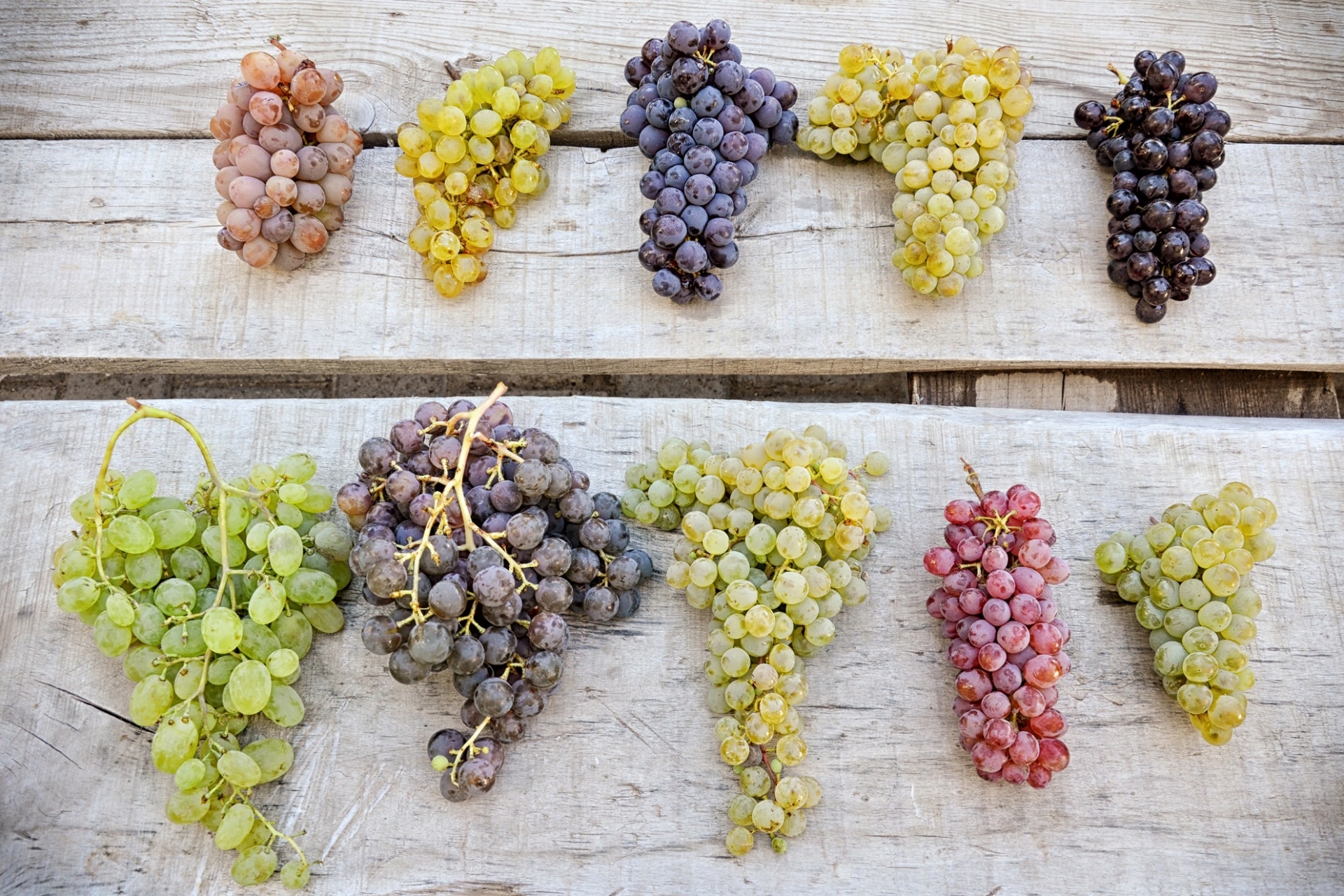 |
| Photo: epicurious |
Chardonnay: originating from Burgundy and long sold under that name under the communal AOC or premier and grand crus, it has spread to many new producing countries that sell under the name of the grape. It can be made sparkling or still. It typically has a wider-bodied and rich citrus taste compared to other white wines. A common choice of food pairing for this wine is fish or poultry. It owes its world distribution to its quality in a very wide variety of regions of climate and geology: from France to the United States, Australia, and South Africa
Sauvignon: originating from the center of France and the Bordeaux vineyards, it then spread to the vineyards of the South-West and the Loire Valley. Noticed by Anglo-Saxon consumers, it spread to growing regions in the United States, Australia, New Zealand, and South Africa. It is remarkable for its typical vegetable/mineral aromas so tends to be flat and lacks fruit qualities. The dominating flavors range from sour green fruit such as apples, pears, and gooseberry through to tropical fruit such as melon, mango, and blackcurrant. A common food pairing for this wine is seafood, poultry, and salad.
Riesling: originates from German vineyards (Germany, Alsace, Switzerland). It is a grape that can be of high quality in a variety of soils provided that yield is limited and climate tends to a continental climate. This type is much lighter in comparison to other white wines and typically has a green apple aroma. Common food dishes that go well with Riesling are fish, chicken, and pork.
Müller-Thurgau: the most widely grown grape in Germany which gives a fruity and well-balanced wine but that cannot be kept very long.
Muscat: a group of varieties (over 150 according to Pierre Galet) that have specific aromas. Typically made from Italian and Austrian-grown grapes, it can offer a sweet and fruity taste. Shows best on its own without a food pairing.”
The world's most expensive white wine - Screaming Eagle Cabernet 1992 ($500,000)
Costing a whopping $500,000 dollars for a single bottle, the most expensive wine in the world costs more than an average home!
Over the years the cabernet has topped several of the world's most expensive wine lists. It eventually sold at a charity auction in 2000.
The wine is aged in 60% new oak and has an aroma of blackcurrants, a subtle trace of oak, and an opaque purple appearance.
Profile of Screaming Eagle Cabernet 1992
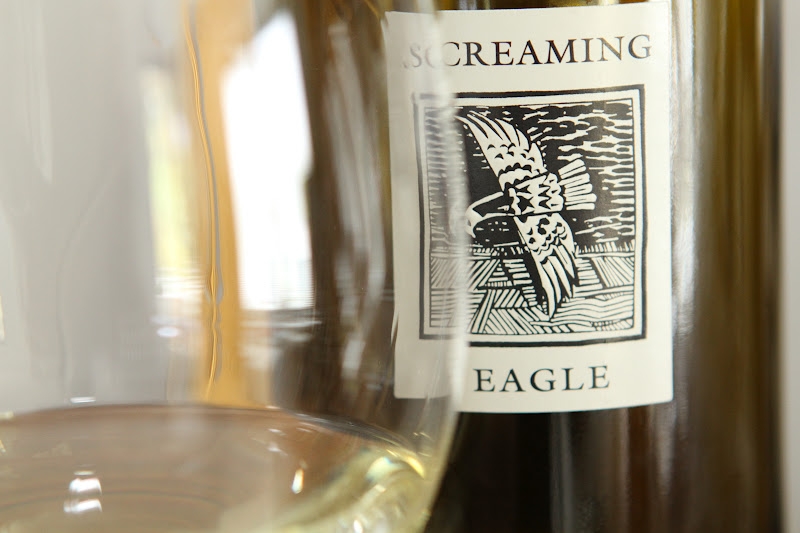 |
| Photo: napavalley |
Screaming Eagle is California's original cult wine. Produced in tiny quantities from a small vineyard in Napa's Oakville appellation, the Cabernet Sauvignon-based wine regularly sells for upwards of $3000 a bottle and is America's most expensive regularly produced wine.
Jean Phillips established the vineyards in 1986 and set about selling fruit to local producers in Napa. After a few years, the decision was made to set up a winery, and the first vintage of Screaming Eagle was released in 1992. Robert Parker rated this first vintage at 99 points, and cult status was sealed – since then, the 1997 and 2007 vintages have achieved the coveted 100-point rating from the famous wine critic. Sales are done from the winery through a mailing list, which has been full since 2000 – and there is a waiting list several thousand names long.
Screaming Eagle's vineyard lies within the Oakville AVA in the southern part of Napa Valley. It is planted mainly to Cabernet Sauvignon with some Merlot and Cabernet Franc, and a small plot of Sauvignon Blanc. Screaming Eagle's second wine, Second Flight, is made from the vineyard's younger vines, and white wine, the Screaming Eagle Sauvignon Blanc, was introduced in 2012. Although sold initially for $250 a bottle in 2012, this wine quickly reached astronomical prices on the secondary market as well, up to 10 times the release price.
In 2006, Screaming Eagle was famously sold to Stanley Kroenke and Charles Banks for an undisclosed sum, rumored to be upwards of $30 million. Nowadays Kroenke owns Screaming Eagle outright.
Winemaker Notes
With the help of Heidi Barrett and Gustav Dalla Valle, this operation's debut vintage is the extraordinary 1992 Cabernet Sauvignon, one of the greatest young Cabernets I have ever tasted. The wine is bottled unfined and unfiltered, and aged in 60% new oak. It is only sold via a mailing list, so readers who want to taste one of the most exciting young wines being produced should get on the list. The 175 cases of 1992 are followed by only 130 cases of 1993, and a tiny quantity of 1994, as the last two vintages were even smaller in crop size, Wine-searcher reported.
Varietal: Cabernet Sauvignon and Blends
Cabernet Sauvignon has come a long way from its role as a blending varietal, however dominant, in the wines of Bordeaux. Today it is the most planted red varietal in the world. Identified as a descendent of Cabernet Franc and Sauvignon Blanc, the late-ripening Cabernet Sauvignon needs to be planted in warmer climates to fully ripen. Its small berries can easily be identified for their distinctive blue color, thick skins and high tannins. And while the varietal has its own definitive characteristics: green pepper-like aromas and black currant flavors among them, it is perhaps most prized for its ability to convey terroir, vintage and winemaking.
A relatively new varietal, Cabernet Sauvignon started making inroads into the wines of the Médoc and Graves in the late-18th century. Today it is also dominant in the up-and-coming Entre-Deux-Mers region of Bordeaux and can also be found in Southwest France. It is the companion varietal to Sangiovese in Italy's Super Tuscans and is planted all over Europe, stretching to lesser-known winegrowing regions like Russia and Lebanon.
In the Americas Cabernet Sauvignon has found champions in every nook and cranny of California and among winemakers in Washington, where it complements plantings of Merlot. In South America, Cab thrives in Chile, but can also be found in smaller amounts in Argentina and even in Mexico.
Specific Appellation: Napa Valley
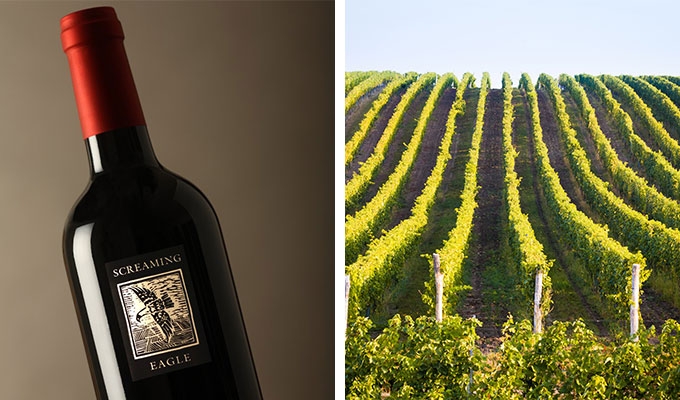 |
| Photo:californiawinereport |
America's most famous wine region, which encompasses a varied geographical territory running about 20 miles long from the San Francisco Bay northward to the foot of Mount St. Helena. Napa's great diversity, both in terms of climate and terroir, has led to the creation of a number of smaller AVAs like Stags Leap District, Rutherford, Howell Mountain, Oakville, and Mount Veeder, among others. Cabernet and chardonnay still reign supreme, but just about everything under the sun is grown in Napa Valley, in quality levels ranging from $2 jug wine to $500 a bottle California cab, Klwines wrote.
Serving and Decanting Screaming Eagle with Wine, Food, Pairing Tips
Screaming Eagle Cabernet Sauvignon is best served at 15.5 degrees Celsius, 60 degrees Fahrenheit. The cool, almost cellar temperature gives the wine more freshness and lift. Young vintages of their Cabernet Sauvignon wine can be decanted for 1-3 hours, depending on the character of the vintage. This allows the wine to soften and open its perfume. Older vintages might need very little decanting, just enough to remove the sediment.
The red wine of Screaming Eagle is best served with all types of classic meat dishes, veal, pork, beef, lamb, duck, game, roast chicken, ribs, hamburgers, barbecue, roasted, braised, grilled dishes, and stews. Screaming Eagle is also good with Asian dishes, hearty fish courses like tuna, salmon, mushrooms, and pasta.
The white wine of Screaming Eagle is best served with all types of seafood and shellfish, sushi, sashimi, chicken, veal, pork, and cheese.
Price aside, Screaming Eagle is a contender for the finest Cabernet Sauvignon produced in California. The wine displays intense purity, balance, soft textures, and a unique character that makes this a truly world-class wine. Screaming Eagle is not about power, it's about elegant, refined, pure fruit and rich, silky, velvet-drenched textures.
Stan Kroenke maintains numerous interests in wine-related ventures and investments all over the world. In California, Stan Kroenke owns Jonata. Located in Santa Barbara in Santa Ynez, Jonata produces 8 different wines that are made from an assortment of grape varieties. In addition, he also owns The Hilt, located in northern Santa Barbara, in the Santa Rita appellation which focuses on producing Chardonnay and Pinot Noir.
In January 2017, Stan Kroenke purchased one of the best producers in Burgundy, Bonneau de Martray. Kroenke also maintains investments in a diverse array of industries, including his sports empire. He is the owner of the Los Angeles Rams football team and the majority of the Arsenal, one of the top football clubs in the Premier League. Additionally, he owns the Denver Nuggets, the professional NBA team, and 2 pro soccer clubs, Colorado Avalanche and the Colorado Rapids, Thewinecellarinsider noted.
Why Is Screaming Eagle So Expensive?
The Screaming Eagle is so expensive mainly for intangible reasons - consistent near-perfect scores from critics, scarcity, relative inaccessibility, impeccable winemaking practices, and the relentless focus on quality!
Before the 1990s, the only wines that demanded such prices were the old and rare bottles from a prestigious appellation or two in Bordeaux or Burgundy or boutique producers like Penfolds in Australia.
Let’s go into detail into the main intangible reasons why Screaming Eagle wines command skyrocketing prices.
1. Low produce of high-quality grapes
Not only has Screaming Eagle’s annual production been kept under 800 cases all these years, but the estate also shows no signs of cranking it up any time soon.
This is mostly due to the small size of the estate. At just over 48 acres available for vines, it is Napa Valley’s smallest winery, and even a generous harvest will lead to low production.
But more importantly, producing such a small number of elegant cult wine bottles allow Screaming Eagle to turn it into a seller’s market.
2. Exclusive sales
You won’t find a bottle of Screaming Eagle in stock at the local store. To place an order, you’d have to be a part of an esteemed mail order list.
So acquiring a Screaming Eagle is not for the faint-hearted. The brand commands a dedicated fan following of loyal wine lovers and investors, Vinovest cited.
3. Praise from critics
High critic scores are arguably part of Screaming Eagle’s mythology since its 1992 vintage.
After receiving a 99 from Robert Parker of Wine Advocate, this Californian wine won a perfect 100 from him in 1997.
It’s almost impossible to spot a Screaming Eagle wine rated below 90.
With such incredible credentials and winemaking packed into each bottle, there’s no shortage of buyers who’d pay sky-high prices for a bottle.
And with an endless list of buyers come counterfeits - a multi-billion dollar industry that eats into the business of hardworking winemakers!
Critical AcclaimRobert Parker's Wine AdvocateThe 1992 Screaming Eagle Cabernet Sauvignon is exceptionally impressive. The wine's opaque purple color is followed by a sensational nose of jammy blackcurrants and subtle toasty oak. As stunning as the aromatics are, the wine reveals the even greater richness and intensity on the palate, offering up layers of stunningly proportioned, ripe, intense fruit, full-body, great purity, and an inner core of sweet, creamy, highly extracted blackcurrant/cassis fruit. The tannin is nearly concealed behind the massive extract and richness. All the component parts are brilliantly focused and in balance. The finish is awesome! Wine SpectatorAt this stage, the wine of the vintage, with an amazingly dark, rich, plush core of currant, spice, black cherry, and blackberry. Deliciously elegant, with supple, subtle flavor nuances and extra flavor dimensions. Shows no sign of fatigue; the debut vintage was no fluke, according to Wine. |
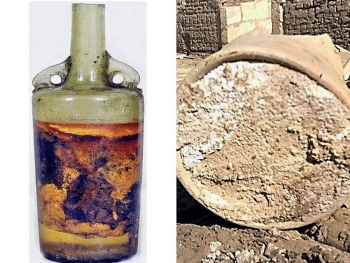 What Is The Oldest Bottle Of Wine In The World? What Is The Oldest Bottle Of Wine In The World? Contemporary historians have been debating for a few years now if they should open the Speyer wine bottle, which is believed to be the world’s ... |
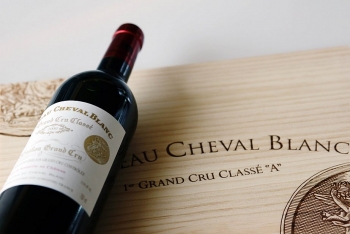 What Is The Most Expensive Wine In The World - 1947 French Cheval-Blanc What Is The Most Expensive Wine In The World - 1947 French Cheval-Blanc KnowInsiders will explore a complete case of one of the world’s most coveted vintage and learn how the ‘47 Cheval Blanc, a defective wine from ... |
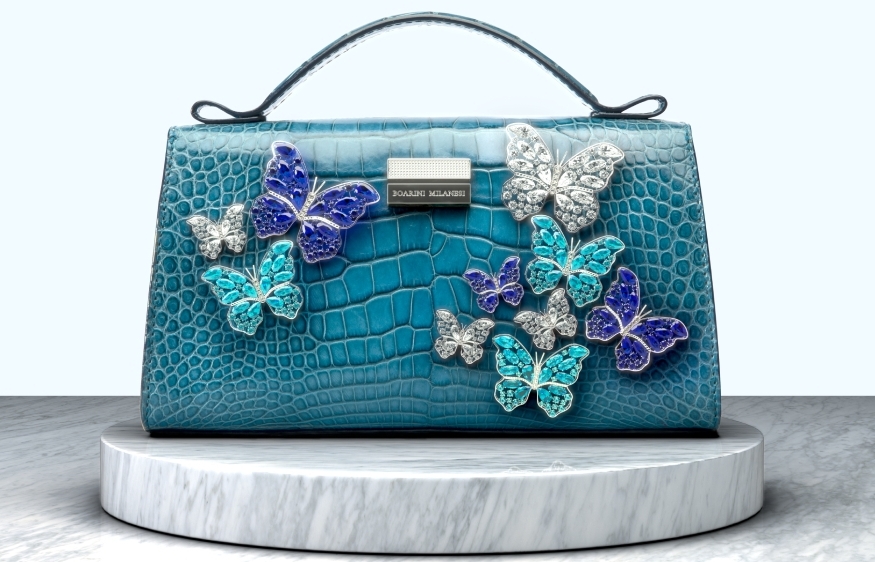 What is the Most Expensive Bag in the World? What is the Most Expensive Bag in the World? Check out the most expensive bag in the world with the pricetag of €6m, which is inspired by ocean pollution. |

